1880
Decorum, a Practical Treatise on Etiquette and Dress of the Best American Society, C.S. Snyder and John A. Ruth (1878, New York)
Decorum, a Practical Treatise on Etiquette and Dress of the Best American Society, C.S. Snyder and John A. Ruth (1878, New York)
The American Code of Manners: A Study of the Usages, Laws and Observances Which Govern Intercourse in the Best Social Circles, and of the Principles Which Underlie Them, (W. R. Andrews, New York, 1880)
The Young Lady's Friend, Eliza W. Farrar, with an Introduction by Mrs H. O. Ward, (Philadelphia, 1880)
Women living in the Isle of Man are granted the right to vote in the House of Keys elections of 1881. This enfranchisement is a result of the campaigning of Lydia Becker and her female co-workers.
The Manners That Win; Compiled from the Latest Authorities, (Buckeye Publishing Co., Minneapolis, 1880)
The Isle of Man in the United Kingdom grants women the right to vote.
Social Etiquette of New York: New and Enlarged Edition, (New York, 1881)
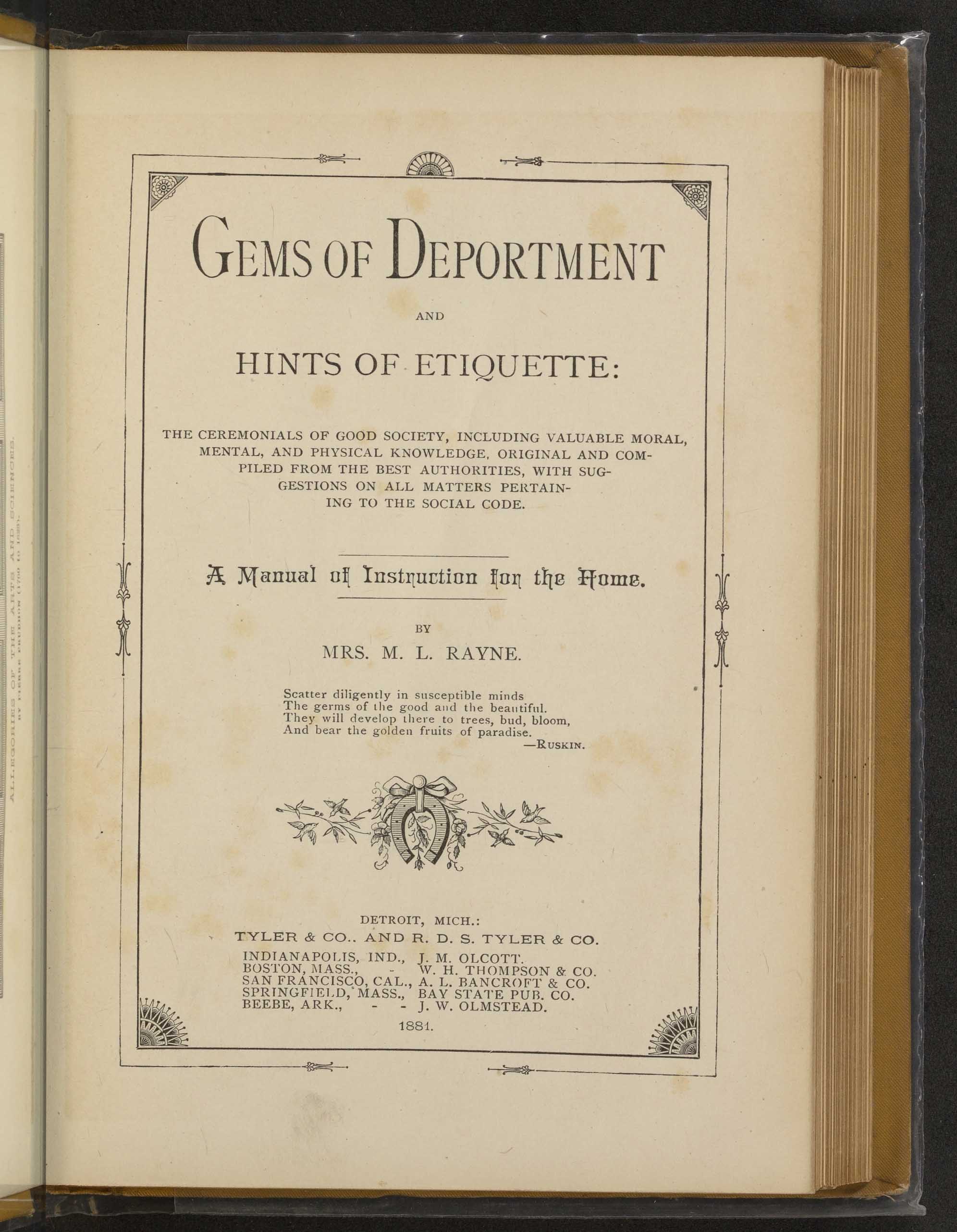
Gems of Deportment and Hints of Etiquette: The Ceremonials of Good Society, including Valuable Moral, Mental, and Physical Knowledge, Original and Compiled from the Best Authorities, with Suggestions on all Matters Pertaining to the Social Code, Martha Louise Rayne, (Detroit, 1881)
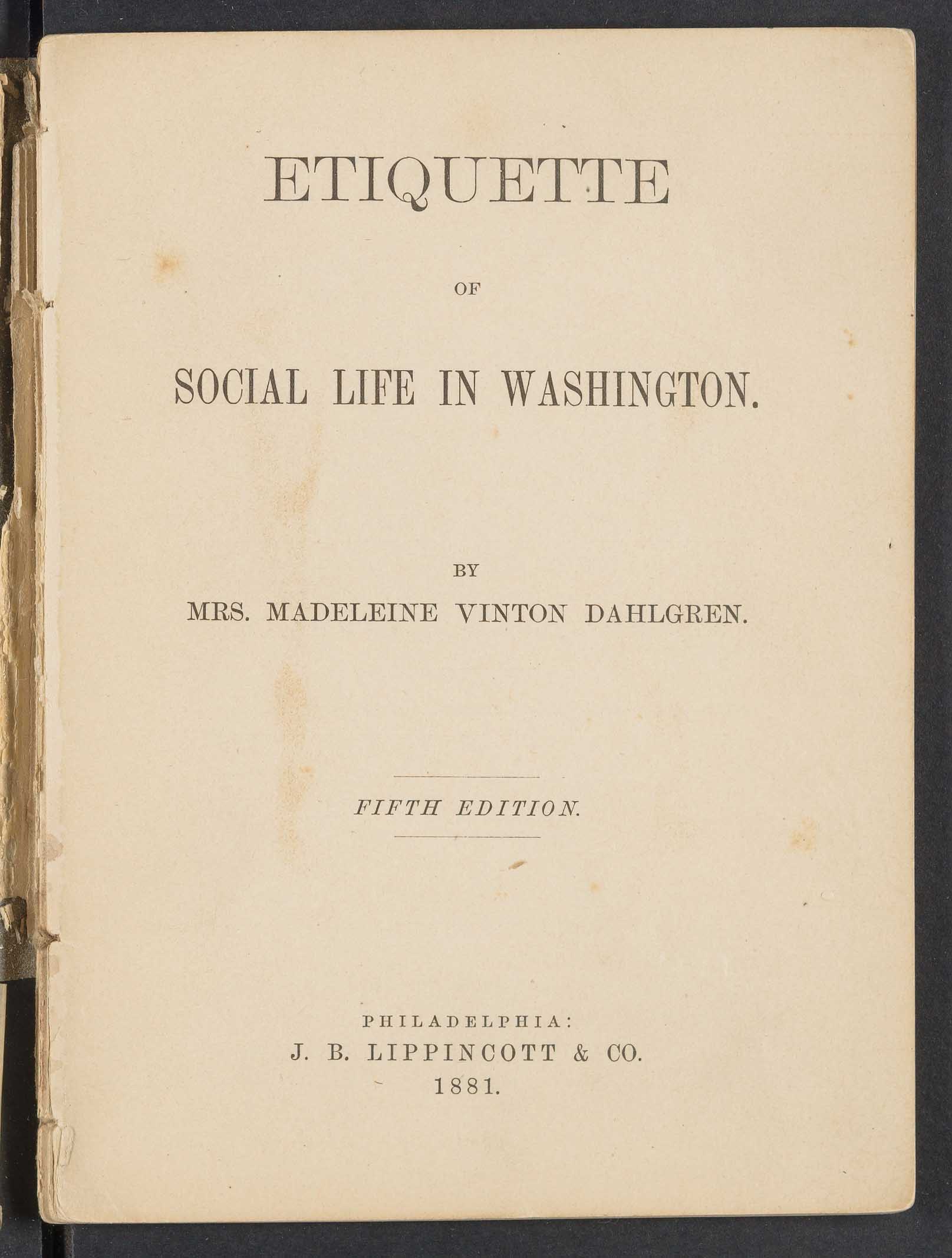
Etiquette of Social Life in Washington, Madeleine Vinton Dahlgren, (Fifth Edition, Philadelphia, 1881)
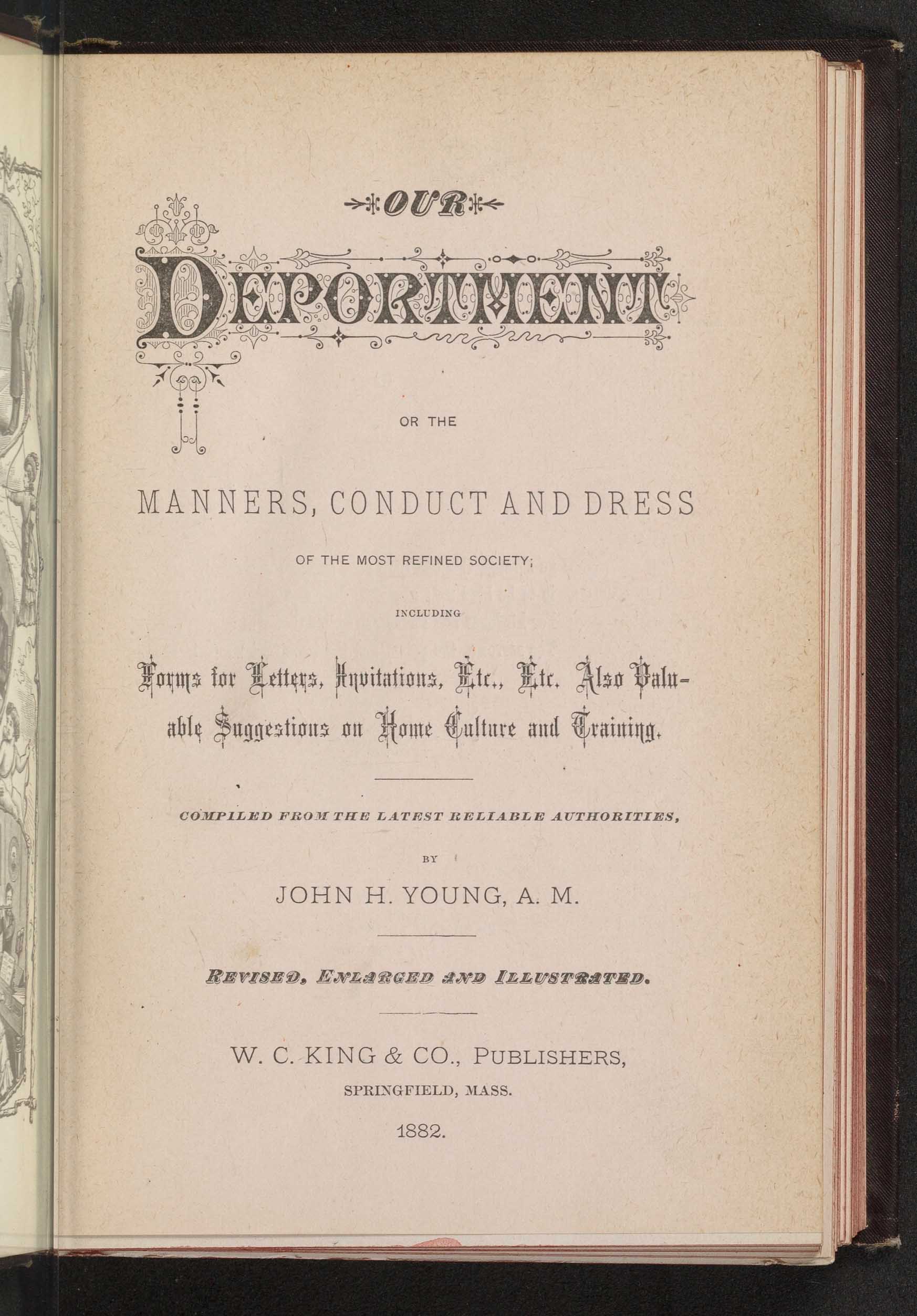
Our Deportment; or the Manners, Conduct and Dress of the Most Refined Society, John H. Young, (Springfield, 1882)
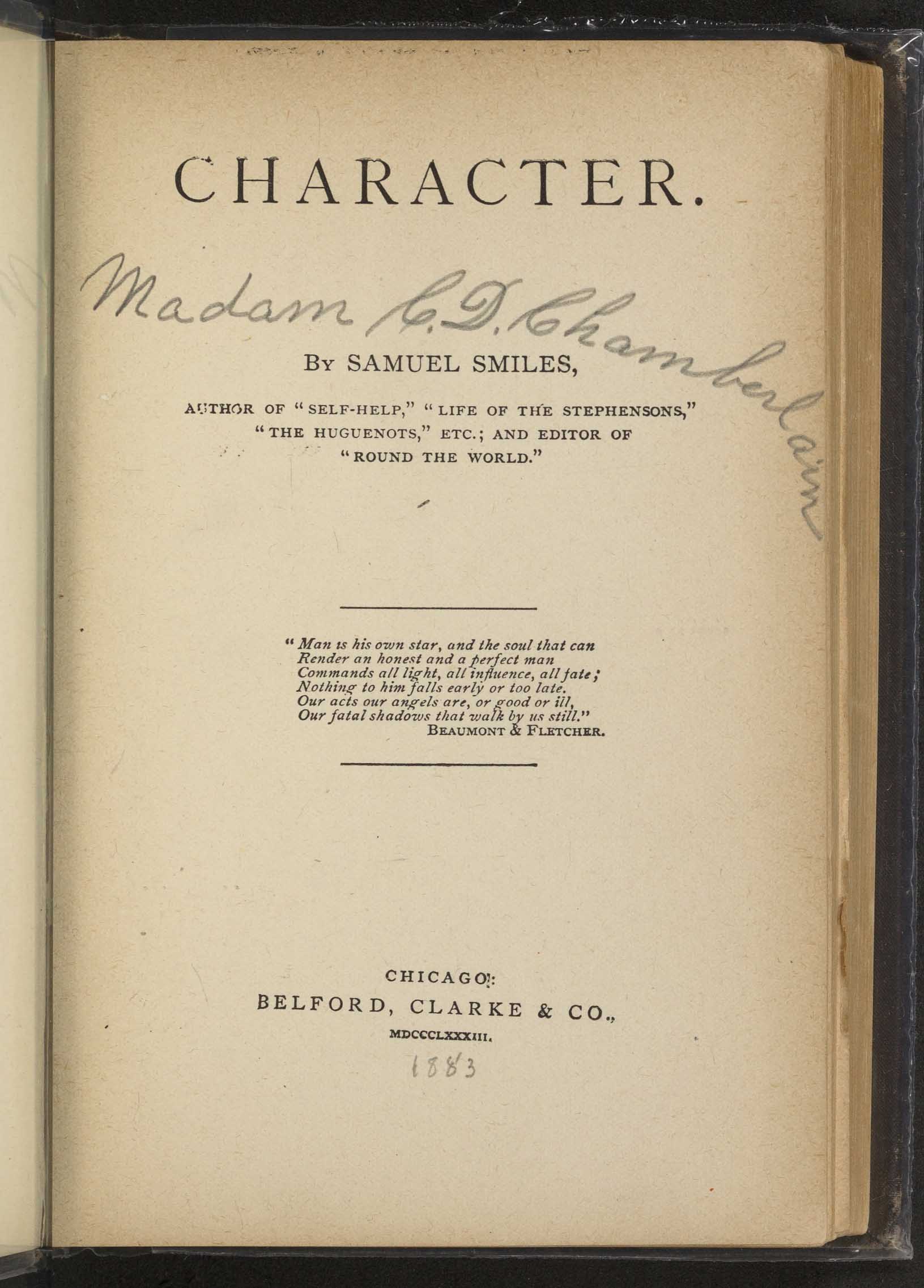
Character, Samuel Smiles (pseud.), (Chicago, 1883)
The Co-operative Women's Guild is founded by Alice Acland and Mary Lawrenson in the United Kingdom. The organisation aims to improve the conditions women live in and advocates for greater co-operation between women.
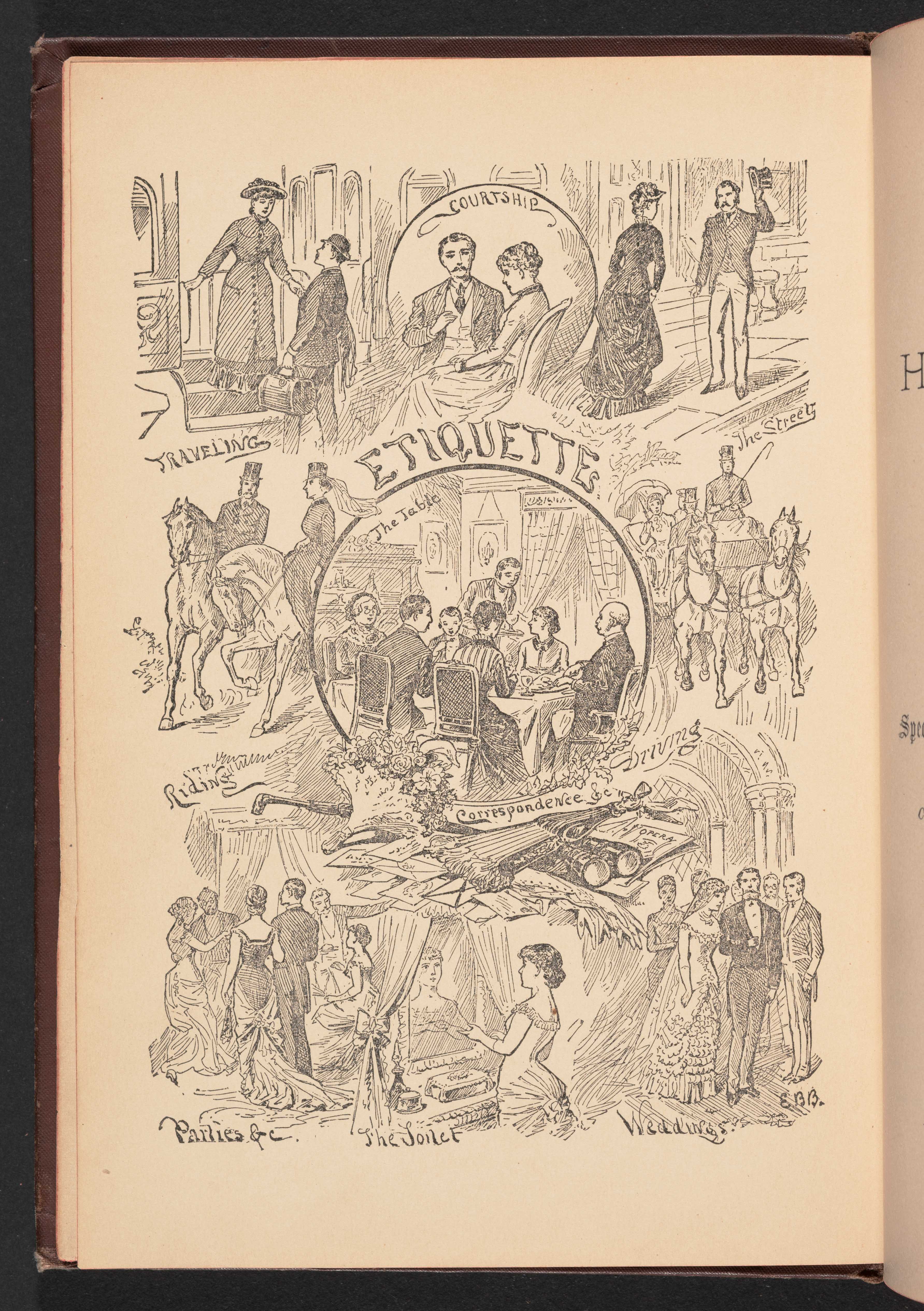
Our Manners at Home and Abroad: A Complete Manual on the Manners, Customs, and Social Forms of the Best American Society, Harrisburg (Philadelphia, 1883)
Don't: A Manual of Mistakes and Improprieties more or less prevalent in Conduct and Speech, Mrs Oliver B. Bunce, (New York, 1883)
Manners and Social Usages, Mrs John Sherwood [Mary Elizabeth Wilson], (New York, 1884)
The Dominion Franchise Act is passed in Canada and identifies an eligible voter in elections as male, including any man of indigenous heritage.
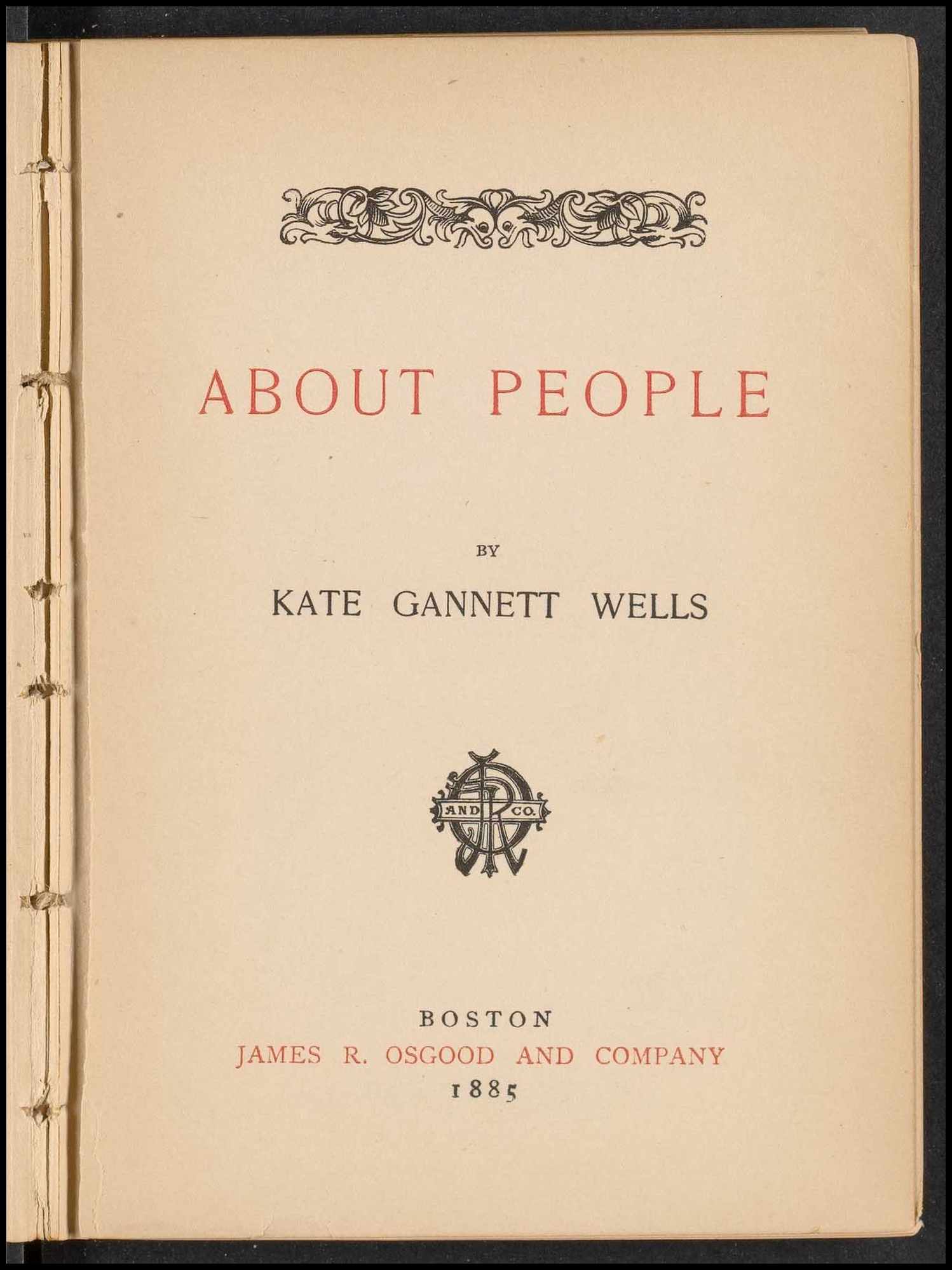
About People, Kate Gennett Wells, (Boston, 1885)
The British Parliament enact the Labouchere Amendment after Henry Labouchere MP introduces it in the Commons. This makes 'gross indecency' illegal and effectively prohibits any form of homosexual relations.
The Social Mirror: A Complete Treatise on the Laws, Rules and Usages that govern our most Refined Homes and Social Circles, Alice E. Lives, (Detroit, 1886)
Women who live in Manitoba are given the right to vote in municipal elections.
The Women's Christian Temperance Union is founded after Marie Kirk and the Reverend Philip Moses arrange the the first Organising Conference for the local unions in 1887. The Union dedicates itself to the enfranchisement of women and promotes a healthy lifestyle through abstinence from drugs and alcohol.
The Local Government Act allows women to participate and vote in elections for borough and county councils in the United Kingdom.
Eliza Orme becomes the first woman to become a lawyer when she graduates with a LLB from the University of London.
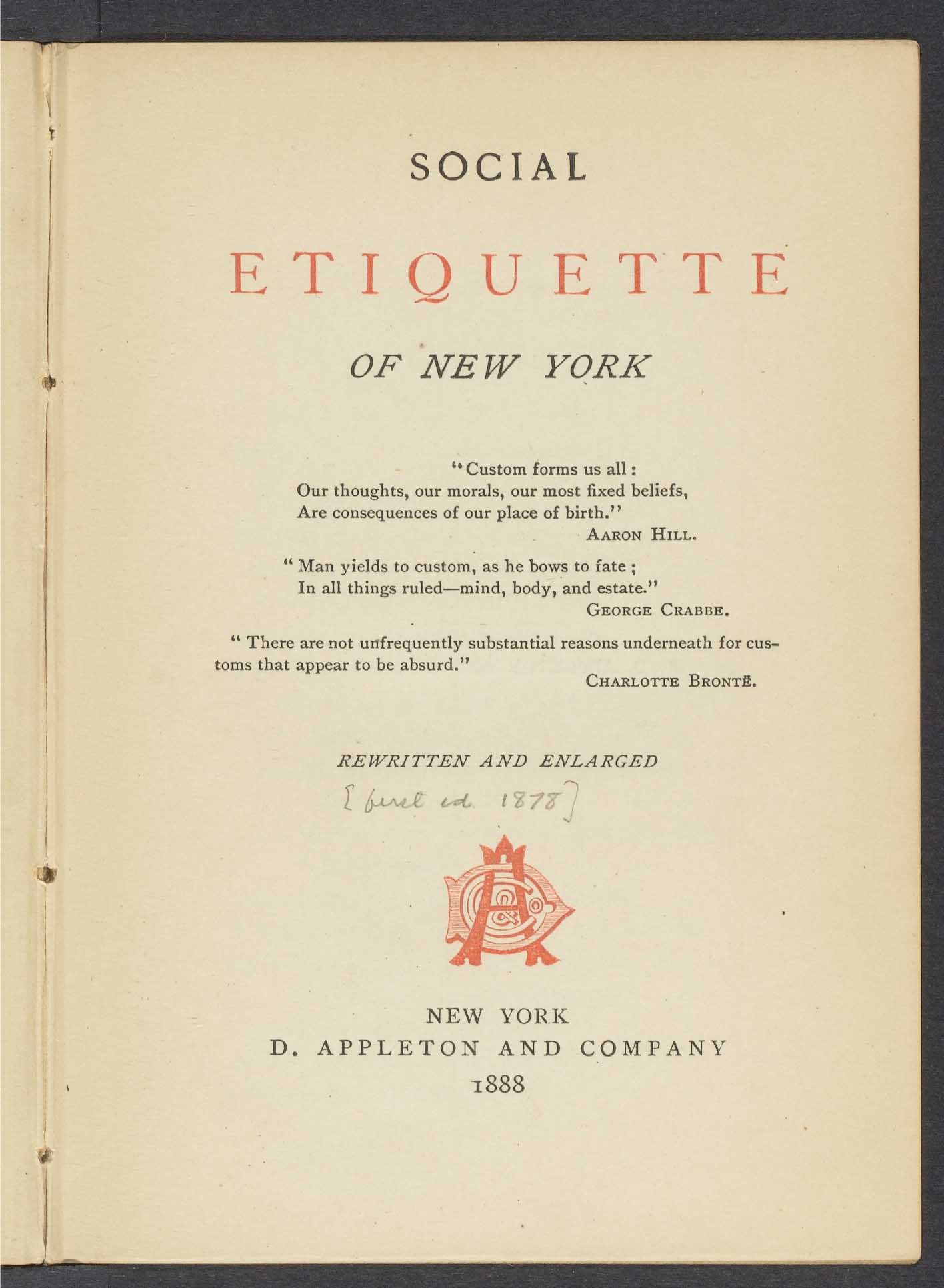
Social Etiquette of New York, (D. Appleton and Company, New York, 1888)
The National Council of Women of the United States is founded in Washington D.C. on the 31 March after a meeting of its founding officers. Frances E. Willard serves as the organisation's first president.
The Women's Suffrage League is founded in South Australia. It will become one of the major organisations which campaigns for women's right to vote.
The Canadian Women's Suffrage Association becomes defunct and the Dominion Women's Enfranchisement Association is formed. It leads the campaign for women being granted suffrage.
Social Life, (New York, 1889)
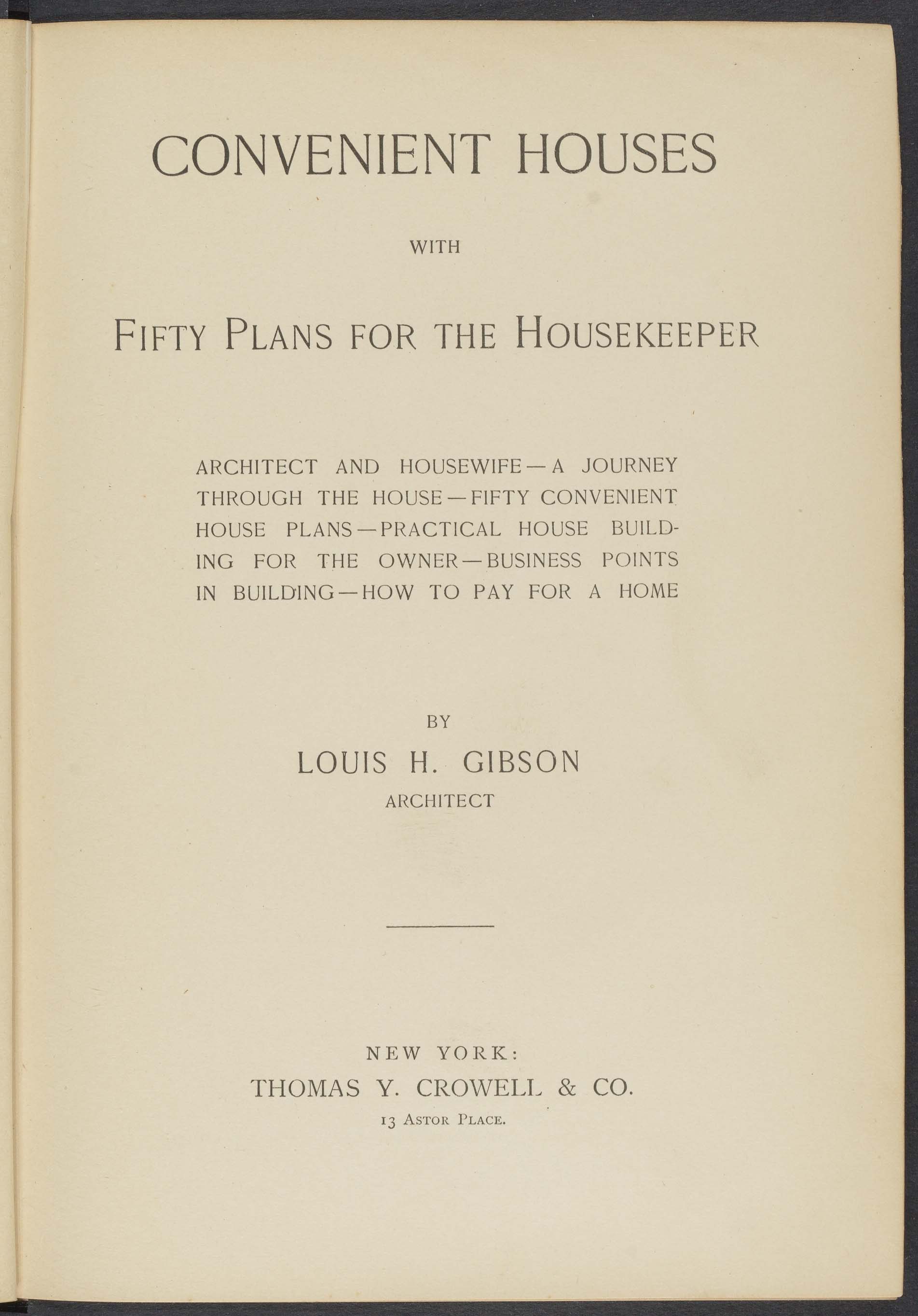
Convenient Houses with Fifty Plans for the Housekeeper, Louis H. Gibson, (New York, 1889)
Success in Society. A Manual of Good Manners, Social Etiquette, Rules of Behavior at Home and Abroad, On the Street, at Public Gatherings, Calls, Conversation, etc., Lydia E. White, (Boston, 1889)
Wyoming becomes the first American state to allow women the right to vote in elections.
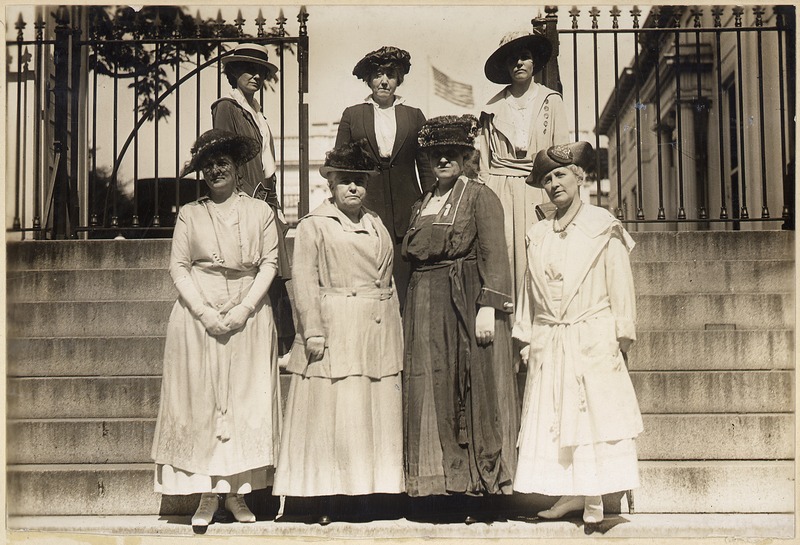
In February of this month, the National Woman Suffrage Association and the American Woman Suffrage Association merge to become the National American Woman Suffrage Association. The organization was dedicated to the enfranchisement of women and its work would prove vital to the passing of the Nineteenth Amendment in 1920.
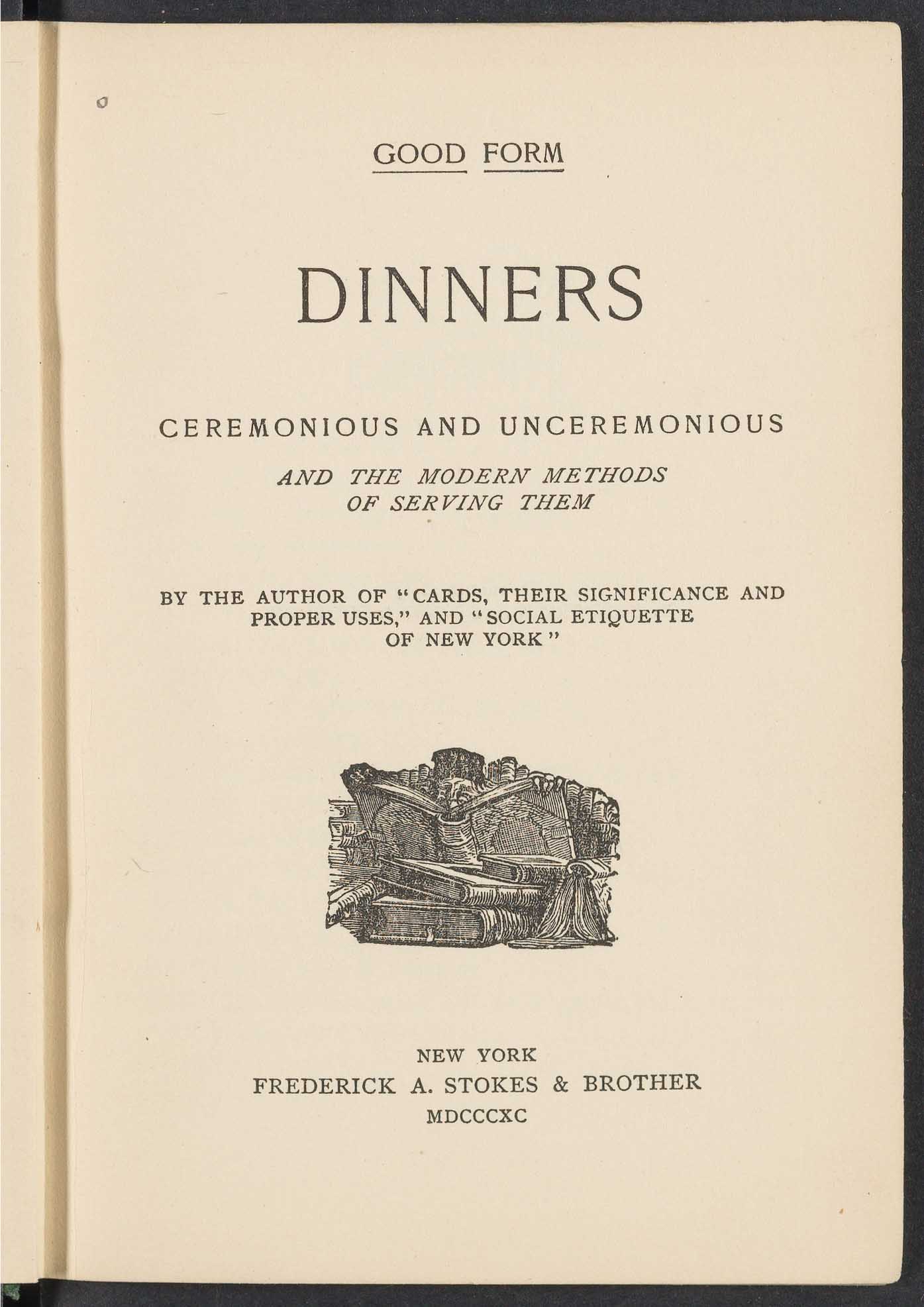
Dinners - Ceremonius and Unceremonius, and the Modern Methods of Serving Them, Mary Abigail, (New York, 1890)
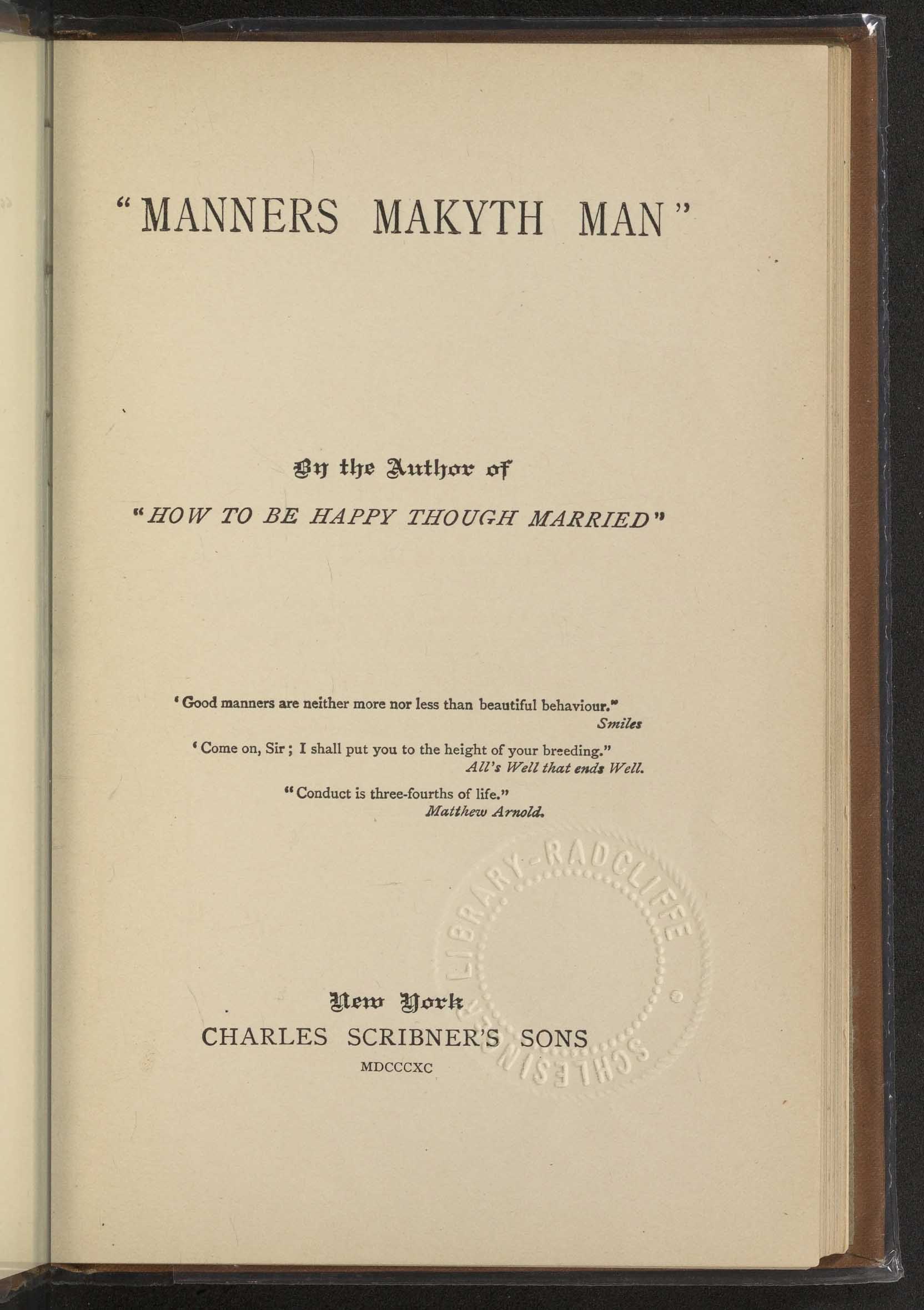
"Manners Makyth Man", Charles Scribner's Sons, (New York, 1890)
Manners and Customs of Today, Sarah B. Maxwell, (Des Moines, 1890)
Polite Society at Home and Abroad. A Complete Compendium of Information upon all Topics Classified under the Head of Etiquette, Anne R. White, (Chicago, 1891)
A petition is presented to the parliament in South Australia which argues that women should be entitled to vote because they pay taxes.
Olympia Brown founds the Federal Suffrage Association in the United States to campaign for the successful enfranchisement of women.
What To Do; A Companion to Don't, Mrs. Oliver Bell Bunce, (New York, 1892)
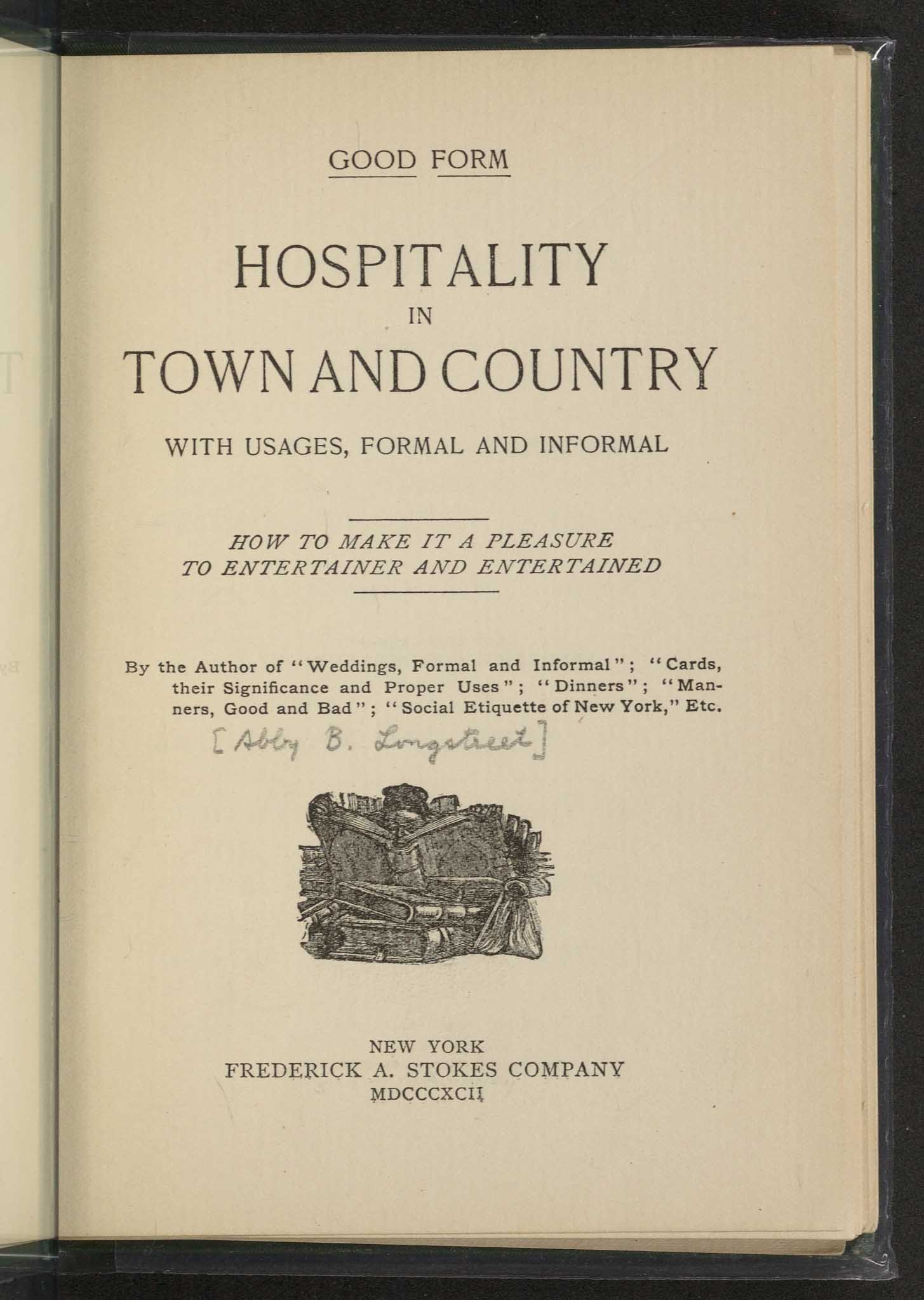
Hospitality in Town and Country with Usages, Formal and Informal, Abby B, Longstreet (New York, 1892)
Colorado becomes the second state in the United States to adopt an amendment which enfranchises women.
The National Council of Women of Canada is formed after discussions by the International Council of Women concerned the creation of a Council in Canada. It advocates for the enfranchisement of women and the improvement of lives for members of Canadian society.
The Special Appeal Committee displays its appeal for the enfranchisement of women on the 19 May in Westminster Hall. The Appeal is signed by 257, 796 women.
The Parliamentary Committee for Women's Suffrage is founded in December of this year. The organisation campaigns for the enfranchisment of women through the passage of bills and amendments in the British Parliament.
Th Parish Councils Act allows women to be employed on urban and district councils in the United Kingdom.
In December of this year, the South Australian Parliament passes the Constitutional Amendment Act allowing women the right to vote and stand for Parliament. It is granted Royal Assent by Queen Victoria in February 1895.
The Canadian territories of Ontario, New Brunswick, Prince Edward Island, British Columbia, Manitoba and the North West grant women the right to become school trustees.
Lady Isabella Lougheed organises the Local Council of Women in Calgary. The Council fights for women's enfranchisement in its early years and is also concerned with women having better working conditions.
Waiting At Table. A Practical Guide. By a Member of the Aristocracy, (London and New York, 1894)
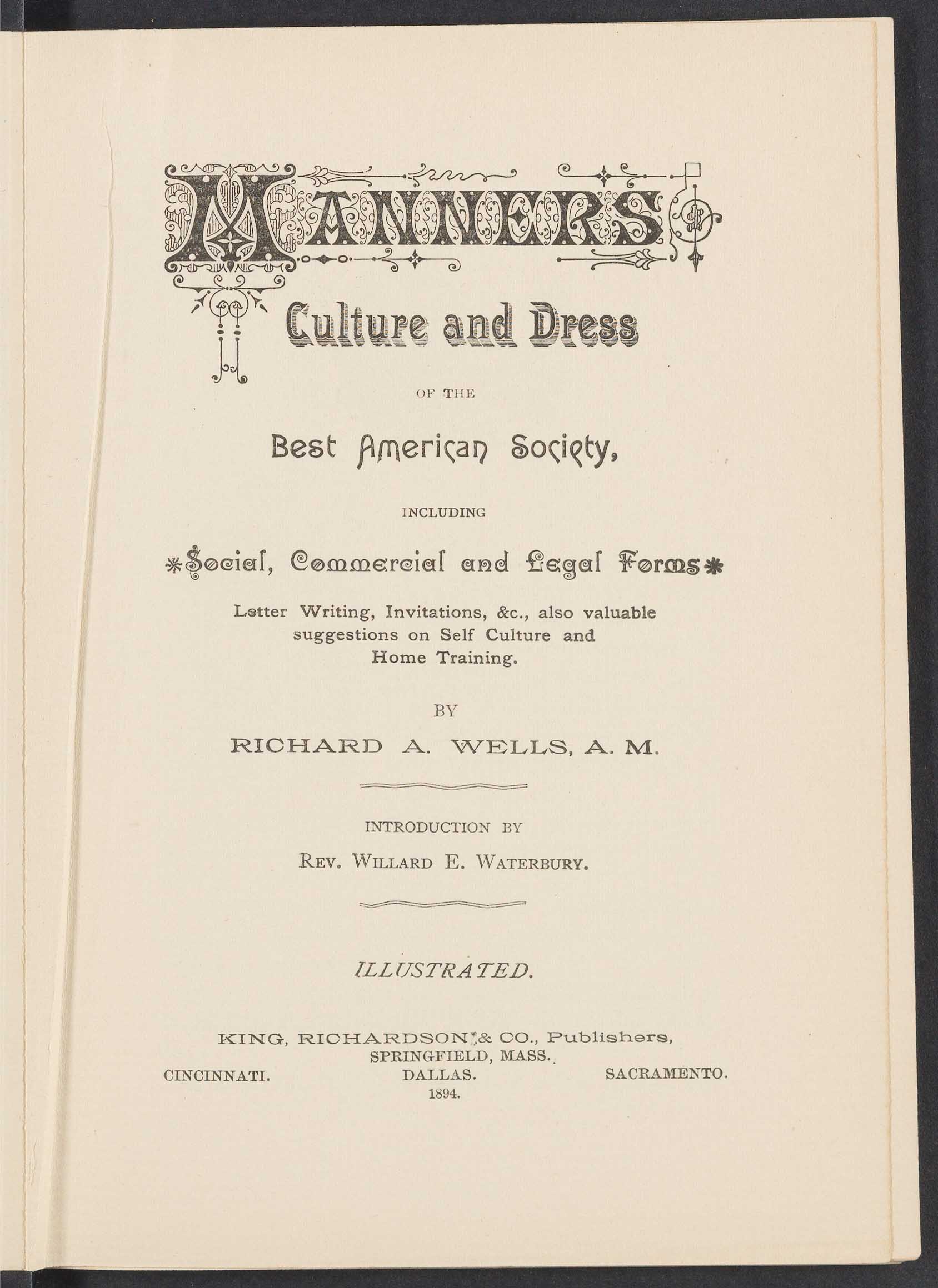
Manners, Culture and Dress of the Best American Society, including Social, Commercial and Legal Forms, Richard A. Wells, (Springfield, 1894)
The Canadian territory of the North West grants unmarried women the right to vote in municipal elections. Women are still not allowed to hold any public office.
Oscar Wilde is convicted of "gross indecency" with Lord Alfred Douglas under the 1885 Criminal Law Amendment Act. He is sentenced to two years' hard labour and dies three years after his release.
Beautiful Houses; A Study in House-Building, Louis H. Gibson, (1895, New York)
Lilian Lindsay becomes the first female dentist in the United Kingdom when she graduates from Edinburgh Dental Hospital and School.
Utah joins the United States and immediately enfranchises women.
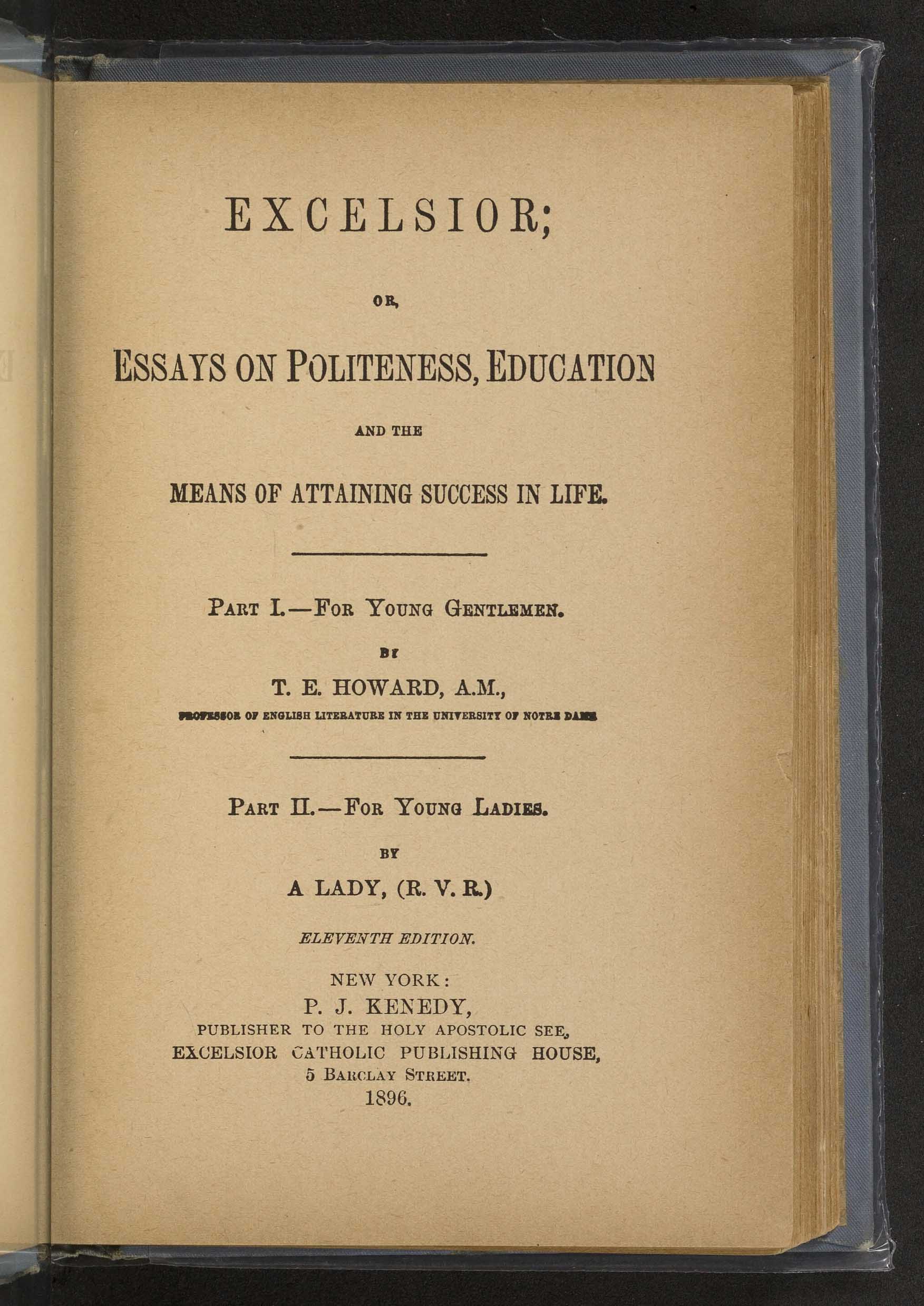
Excelsior; or, Essays on Politeness, Education and the Means of Attaining Success in Life, T. E. Howard & A Lady, (Eleventh Edition, New York, 1896)
Idaho becomes the fourth US state to adopt an amendment which enfranchises women.
George Cecil Ives founds the Order of Chaeronea; a secret society which homosexuals in England can communicate through. Ives sets up the group because he believes that homosexuals will never be accepted into society.
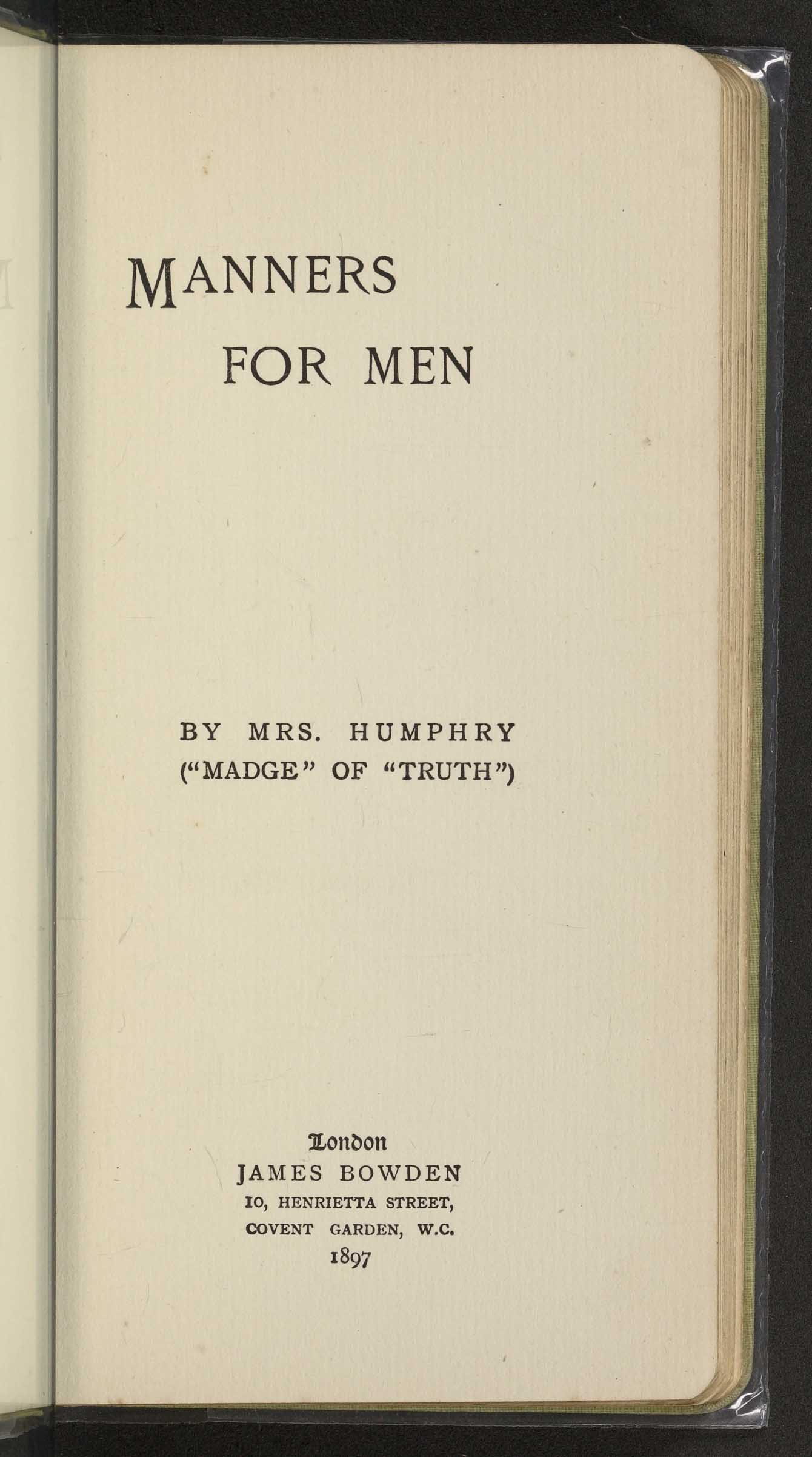
Manners for Men, Mrs Humphrey, (London, 1897)
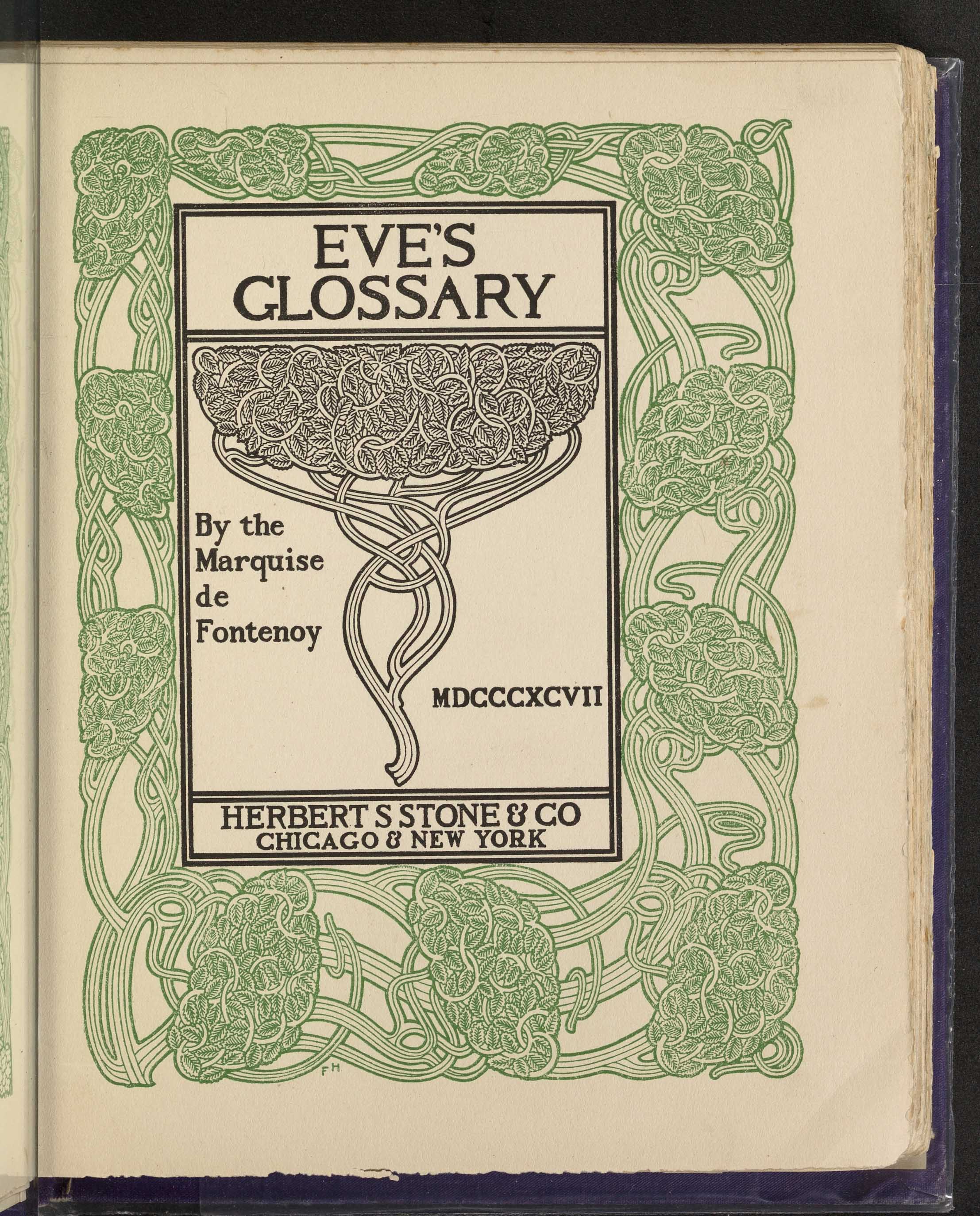
Eve's Glossary, Marquise de Fontenoy, (Chicago, 1897)
The NUWSS is created after the National Central Society for Women's Suffrage and the Central Committee, National Society for Women's Suffrage merge into one group. It is lead by Millicent Fawcett and is based in Gower Street, London.
Adelaide Hunter Hoodless and Erland Lee found the Women's Institute in Stoney Creek, Ontario. The organisation spreads to the United Kingdom in 1915.
Ethel Charles is the first woman in Britain to qualify as an architect when she is admitted to the Royal Institute of British Architects.
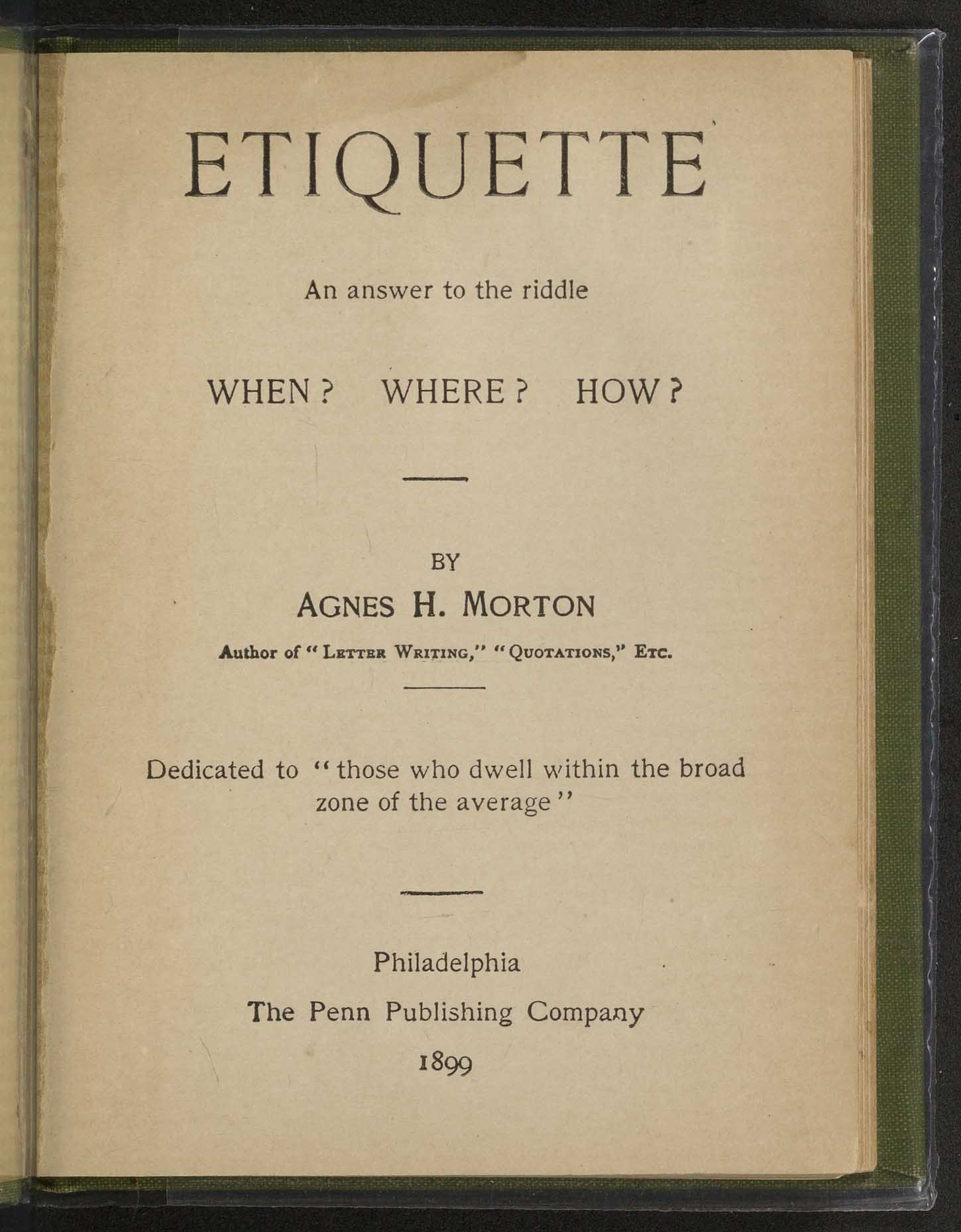
Etiquette: An Answer to the Riddle, When? Where? How?, Agnes H. Morton, (Philadelphia, 1899)
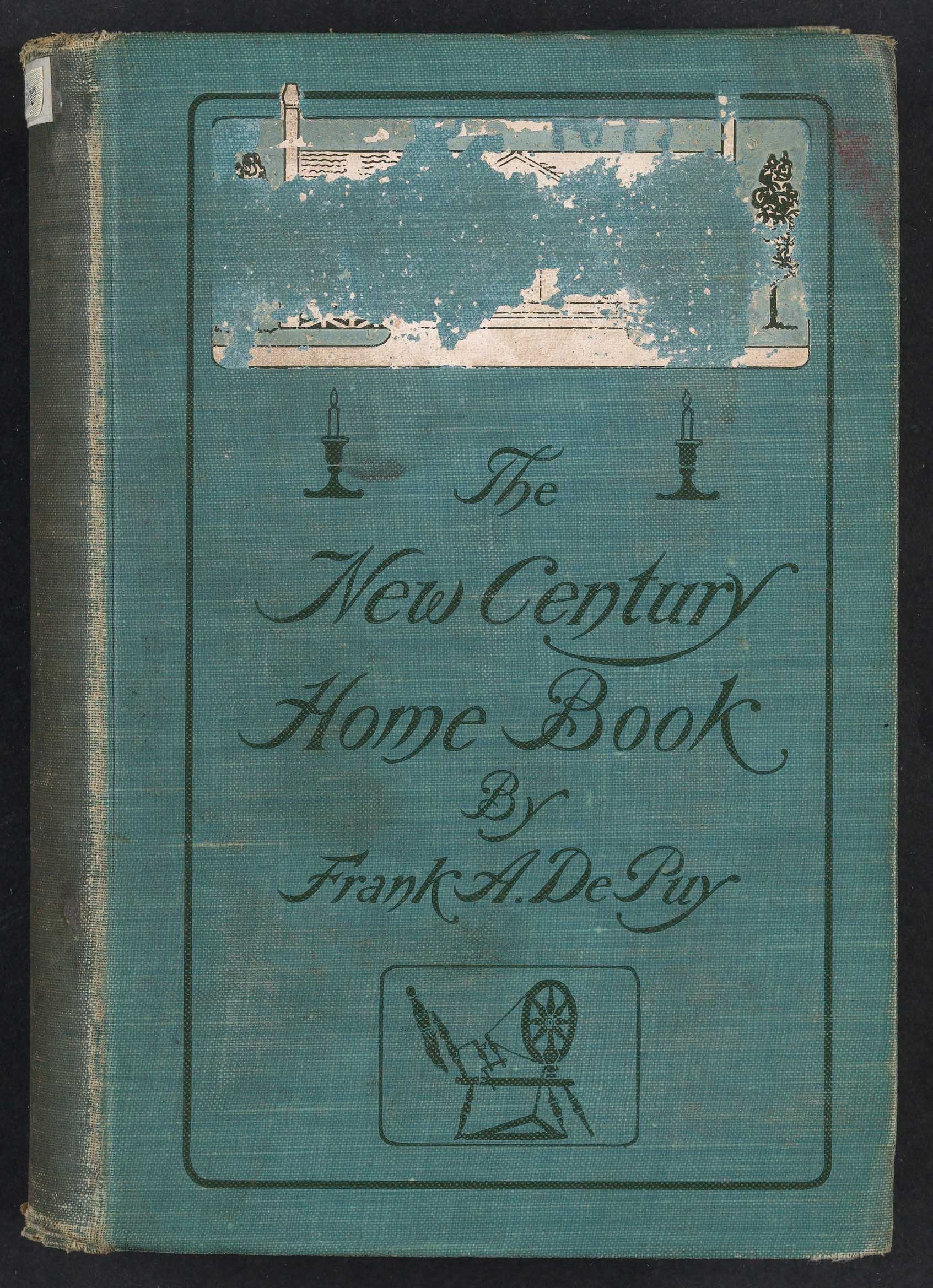
The New Century Home Book. A Mentor for Home Life in All its Phases; a Chronicle of the Progress of American and the World; a Compendium of the Nation's Greatest City; and a Guide for the Great Army of Home-Builders, Frank A. De Puy, (New York, 1900)
Maud Wood Park and Inez Haynes Irwin form the College Equal Suffrage League in Boston. The purpose of the League is to interest generate interest about women's suffrage among young women attending college.
The Married Women's Property Act is passed in Manitoba and gives married women the same legal rights in property as men. Women are now allowed to own property separately from their husbands and retain control of their earnings.
After her husband's death, Sara Anne McLagan takes over as editor of the Vancouver Daily World. She becomes the first female publisher of a Canadian newspaper.
The National Council of French Women is formed and Isabelle Bogelot is its first leader. It is the oldest feminist organisation in France and advocates for greater rights for women.
The Canadian Nursing Service is formed and women become integrated into the regular armed service.
For her service in the Boer War, Georgina Pope becomes the first Canadian to be awarded the Royal Red Cross on the 31 October.
The Etiquette of Today; A Complete Guide to Correct Manners and Social Customs in Use Among Education and Refined People of America, Marshall Everett, (1902)
The first Parliament after the Federation of Australia passes the Commonwealth Franchise Act granting suffrage to women over the age of 21.
The Married Women's Property Act, akin to the one passed in Manitoba in 1900, gives married women the same legal rights in property as men.
Emma Sophie Baker becomes the first woman to graduate from the University of Toronto with a Ph.D in Philosophy.
Irma LeVasseur is granted permission to practice medicine by the Quebec Assembly. She becomes the first woman doctor in the Province of Quebec.
The Women's Trade Union League of New York is formed by Mary Dreier, Leonora O'Reilly and Rheta Childe Dorr. It is dedicated to achieving woman suffrage and the organisation of union's for women.
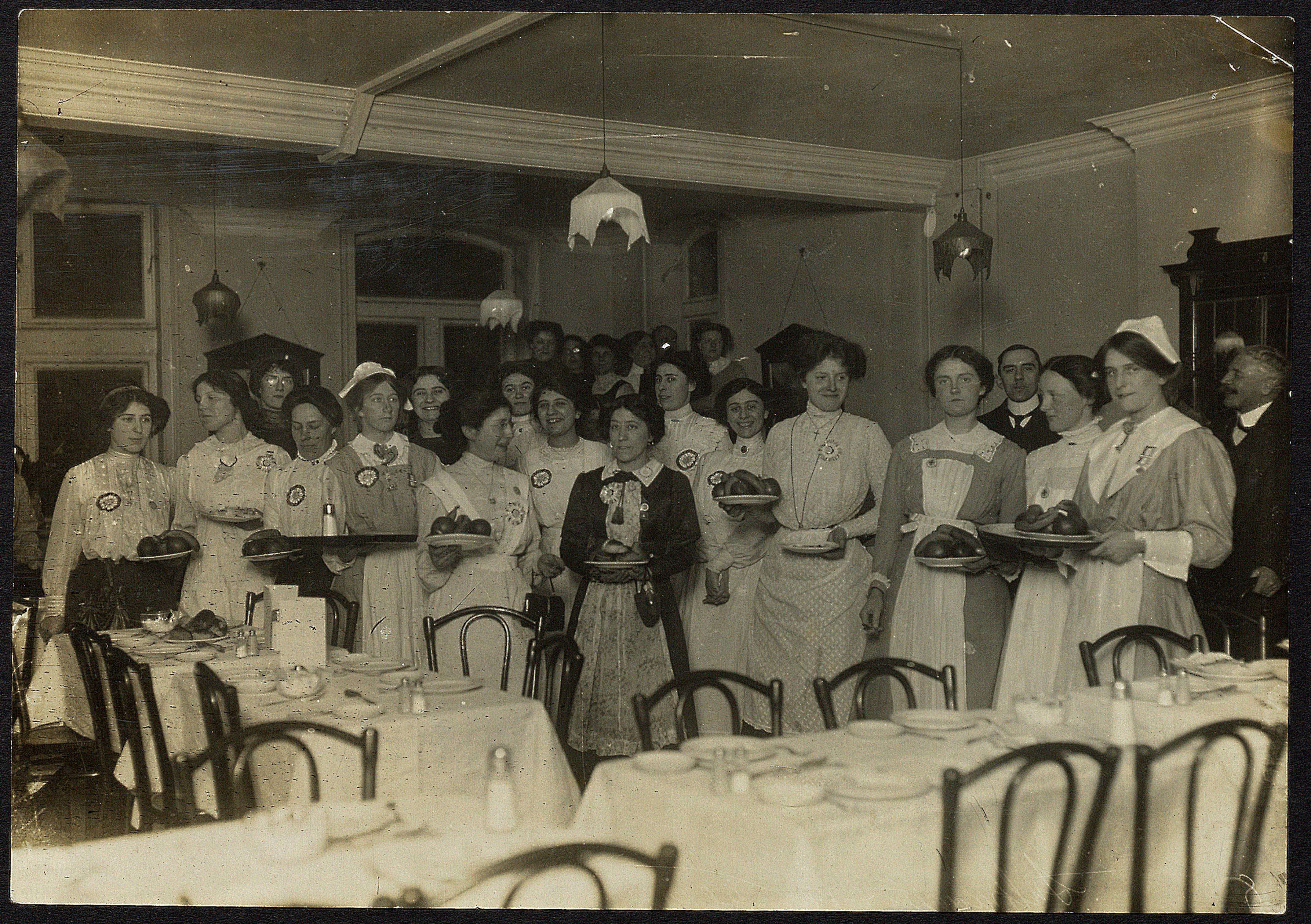
Emmeline, Christabel and Sylvia Pankhurst create the Women's Social and Political Union after growing frustrated with the tactics of the NUWSS. It will become notorious for its campaigning until the First World War.
The International Woman Suffrage Alliance is founded by prominent feminists including Millicent Fawcett, Chapman Catt and Marie Stritt. They had become frustrated by the lack of support for women's suffrage from the International Council of women.
Nora Stanton Blatch Barney becomes the first woman to gain a degree in civil engineering when she graduates from Cornell University in the United States.
The word 'suffragette' is first used by a Daily Mail journalist named Charles E. Hands as a derisory term for the people are involved in campaigning for women's suffrage in the United Kingdom.
The Liberal Party is elected to govern the United Kingdom under the leadership of Sir Henry Campbell-Bannerman. Under this government, 400 of 670 Members of Parliament favour women's suffrage.
The Canadian province of New Brunswick passes a law in March which allows women the right to study and practice law.
The Women's Trade Union League is formed by Mary Dreier, Leonora O'Reilly and Rheta Childe Dorr. It is dedicated to achieving woman suffrage and the organisation of union's for women.
Teresa Billington-Greig and Charlotte Despard break away from the Women's Social and Political Union and form the Women's Freedom League.
The Canadian province of Manitoba amends its Municipal Act so that women are no longer allowed to vote in municipal elections, despite this right being previously granted.
The Married Women's Property Act is passed in the Canadian province of Saskatchewan and gives married women the same legal rights in property as men.
The Women's National Anti-suffrage League has its first meeting on the 21 July in London and opposes women being enfranchised for the parliamentary elections in the United Kingdom.
Three Women's Freedom League members: Murial Matters, Violet Tillard and Helen Fox, unfurl a banner in the House of Commons in support of women suffrage.
The Manchester Men's League for Women's Suffrage is established in the United Kingdom by a group of men and women dedicated to the enfranchisement of women. The organisation is affiliated with the London Men's League up to 1911 and dissolves in 1918 after the group's goal is partially achieved by the Representation of the People Act.
Marion Wallace-Dunlop is the first suffragette to go on hunger strike as a form of protest. She begins the hunger strike on the 5 July 1909 in Holloway Prison and lasts for 91 hours.
The Socialist Party of America organises the first Woman's Day on the 28 February in New York City.
Washington State becomes the first state in the twentieth-century and the fifth state in the United States to enfranchise women.
The Second International Socialist Women's Conference is held in August of this year in Copenhagen, Denmark. Delegated from seventeen countries attended and the main discussion of the conference was achieving the enfranchisement of women.
The Woman Voter is created by the Woman Suffrage Party in order for its members to be better informed about developments regarding women's suffrage and the organisation.
The National League for Opposing Woman Suffrage is formed after a merge between the Women's National Anti-Suffrage League and the Men's League for Opposing Woman Suffrage. Its first serving president is Evelyn Baring, 1st Earl of Cromer.
The Women's Political Union organises the first parade for the enfranchisement of women in New York City.
Widows and spinsters living in the Canadian province of Alberta are granted the right to vote in municipal elections. Married women are still excluded.
Dora Marsden and Mary Gawthorpe launch The Freewoman on the 23 November. It is a feminist publication which focuses on women suffrage, work for women and marriage.
The Women's Canadian Club of Calgary is established with the intention to make women more informed of public affairs.
The Canadian province of Saskatchewan passes the Deserted Wives' Maintenance Act. The Act makes it a legal requirement for husbands to pay their wives' support if they have deserted them or forced them to leave the house.
On a census night Emily Davison hides in a cupboard in the British House of Commons.
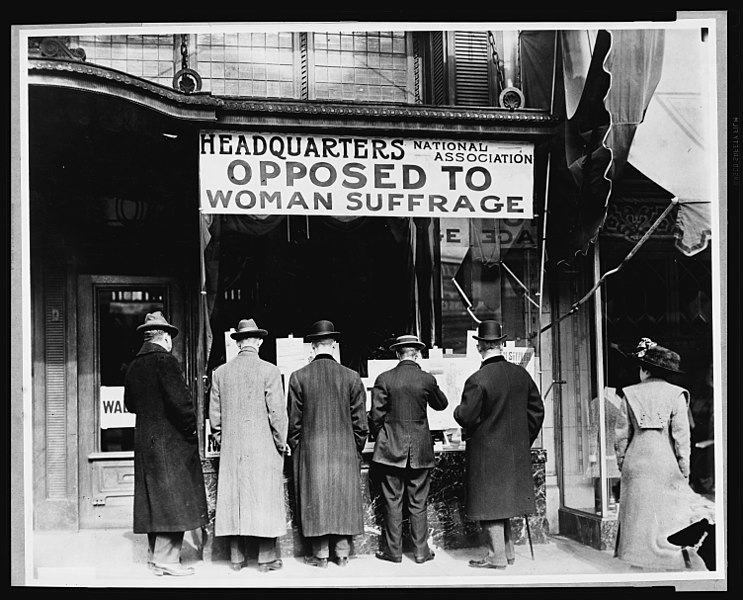
The National Association Opposed to Woman Suffrage is formed in New York City and led by Josephine Dodge. Its members are opposed to women's suffrage because they believe that women are able to advance in American without the need for the vote.
Australia passes the Commonwealth Enrolment Act, introducing compulsory enrolment into the electorate for all eligible Australian citizens.
This Canadian province of Manitoba passes the Illegitimate Children's Act. It allows a mother to sanction legal action against a child's father so they start paying for child support.
The Parliamentary Franchise (Women) Bill is one of the bills which is introduced to grant women the vote in the United Kingdom. It is defeated by 222 votes to 208.
Fride Strindberg establishes the first modern"gay bar"; the Cave of the Golden Calf. It is located just off Regent Street in London, England.
The Manitoba Equality League is founded in Winnipeg at the home of Jane Hample. The league operates for four years and campaigns for women's' suffrage.
In response to the numerous hunger strikes that imprisoned suffragettes are undertaking as a form of protest, the Liberal government passes an act which allows the suffragettes to be temporarily released when the hunger strike starts to adversely affect their health.
Alys McKey Bryant becomes the first woman to pilot an aircraft in Canada on the 31 July of this year.
Oregon, Kansas and Arizona adopt an amendment which enfranchises women.
Emily Davison is hit by a horse at the Epsom Derby after trying to place two flags with the suffragette colours onto the horse of King George V. She dies four days later on the 8 June.
In the same year Nevada and Montana adopt an amendment which enfranchises women.
Alice Jamieson is appointed judge of the Calgary juvenile court. On this appointment she becomes the first woman in Canada and the British Empire to be appointed to a court.
The National Federation of Women's Clubs, which has over two million members, endorses the campaign for women's suffrage in the United States.
At the outbreak of the First World War, the WSPU decides to suspend militant activities and focus on the war effort.
On the 28 January, members of the Manitoba Political League stage a mock parliament at the Walker Theatre in Winnipeg. The Parliament is comprised of women and they employ humour to debate whether men should be granted suffrage.
Elizabeth Smellie becomes the first women to be appointed Colonel in the Canadian Army when she becomes head of the Canadian Army Nursing Corps.
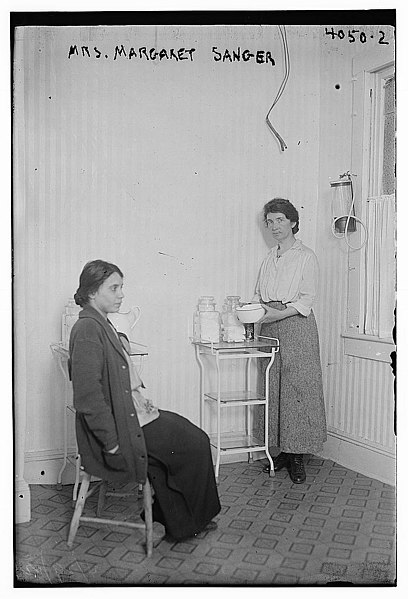
Fania Mindell, Margaret Sanger and Ethel Byrne open up the first birth control clinic in the United States in the New York City borough of Brooklyn.
The Manitoba Legislative Assembly passes an amendment to the Manitoba Election Act on the 28 January and gives women in Manitoba the right to vote. They become the first in Canada to be granted suffrage.
The Canadian province of Saskatchewan passes an amendment to the Saskatchewan Election Act on the 14 March and grants women the right to vote.
Emily Murphy becomes the first female to be appointed as a magistrate in Canada and the British Empire.
The National Woman's Party is formed after a number of women break away from the Congressional Union for Woman Suffrage. Under the leadership of Alice Paul, the NWP focused on passing a constitutional amendment which would guarantee women's suffrage.
Alberta passes the Equal Suffrage Statutory Law Amendment on the 17 April which grants women universal suffrage.
Jeannette Rankin is elected as the first female in the U.S. House of Representatives. She represents her state of Montana.
The Woman Citizen is formed after the merger between suffragist periodicals The Woman Voter and National Suffrage News. The periodical serves as the official of the National American Woman Suffrage Association until 1920.
New York adopts an amendment which enfranchises women.
Arkansas State allows women to vote in primary elections.
The WSPU is dissolved. Two of its founding members, Christabel and Emmeline Pankhurt, create the Women's Party.
Alberta becomes the first Canadian province to pass a law which states that all women must have a minimum wage.
The Military Voters Act extends the federal vote to all women who are in the armed services and to those who have relatives in the services of Great Britain and Canada. This last until the end of the First World War.
Michigan, South Dakota and Oklahoma adopt an amendment which enfranchises women.
This Parliamentary Qualification Act allows women to stand and become a Member of the British Parliament.
Canadian women are given the right to vote in federal election after the passing of the Act to Confer Electoral Franchise Upon Women. They must be over 21, meet stipulated property requirements and have been born in Canada.
Among other terms, women over 30 years old are given the right to vote if they fulfil one of three factors. These include: owning property, are affiliated with the Local Government Register or voting in a University constituency.
Elsa Gidlow and Roswell George Mills launch Les Mouches Fantastiques. It is the first publication in Canadian and North American history to be LGBT-themed.
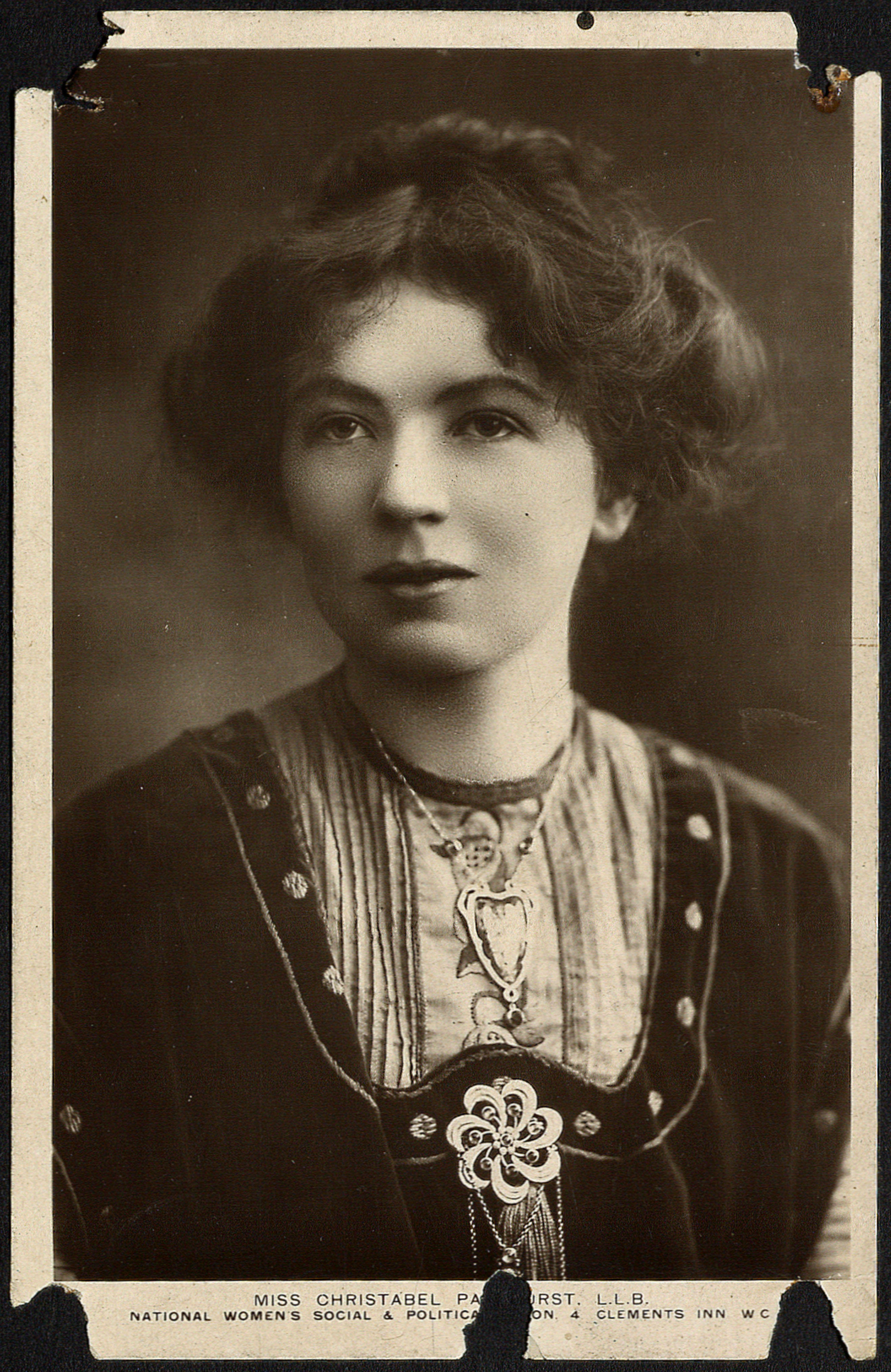
The WSPU is dissolved. Two of its founding members, Christabel and Emmeline Pankhurst, create the Women's Party.
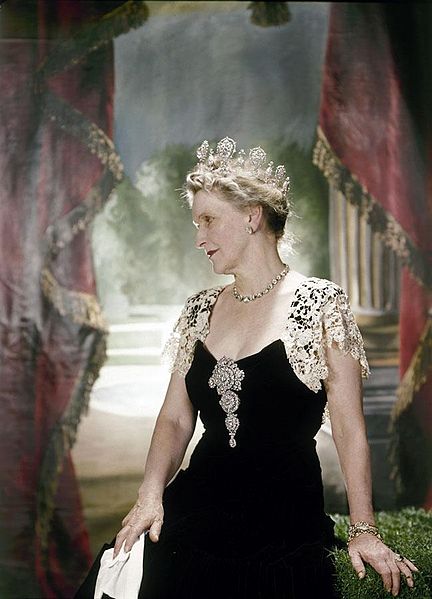
Nancy Astor becomes the first female MP to take her seat in the British Parliament for the Plymouth South constituency.
The National Union of Women's Suffrage Societies becomes the National Union of Societies for Equal Citizenship in March of this year. Eleanor Rathbone becomes the organisation's new president.
On the 17 April, the Canadian province of New Brunswick grants women the right to vote and run for public office in provincial elections.
The 19th Amendment of the United States Constitution gives American women the right to vote.
The Sex Discrimination Removal Act is passed, allowing women to become part of the legal and accountancy professions.
The Dominion Elections Act is passed in Canada and allows women to run for Parliament. This does not include Aboriginal, Inuit, Asian and Hindu women as they are barred from the provincial voters' list.
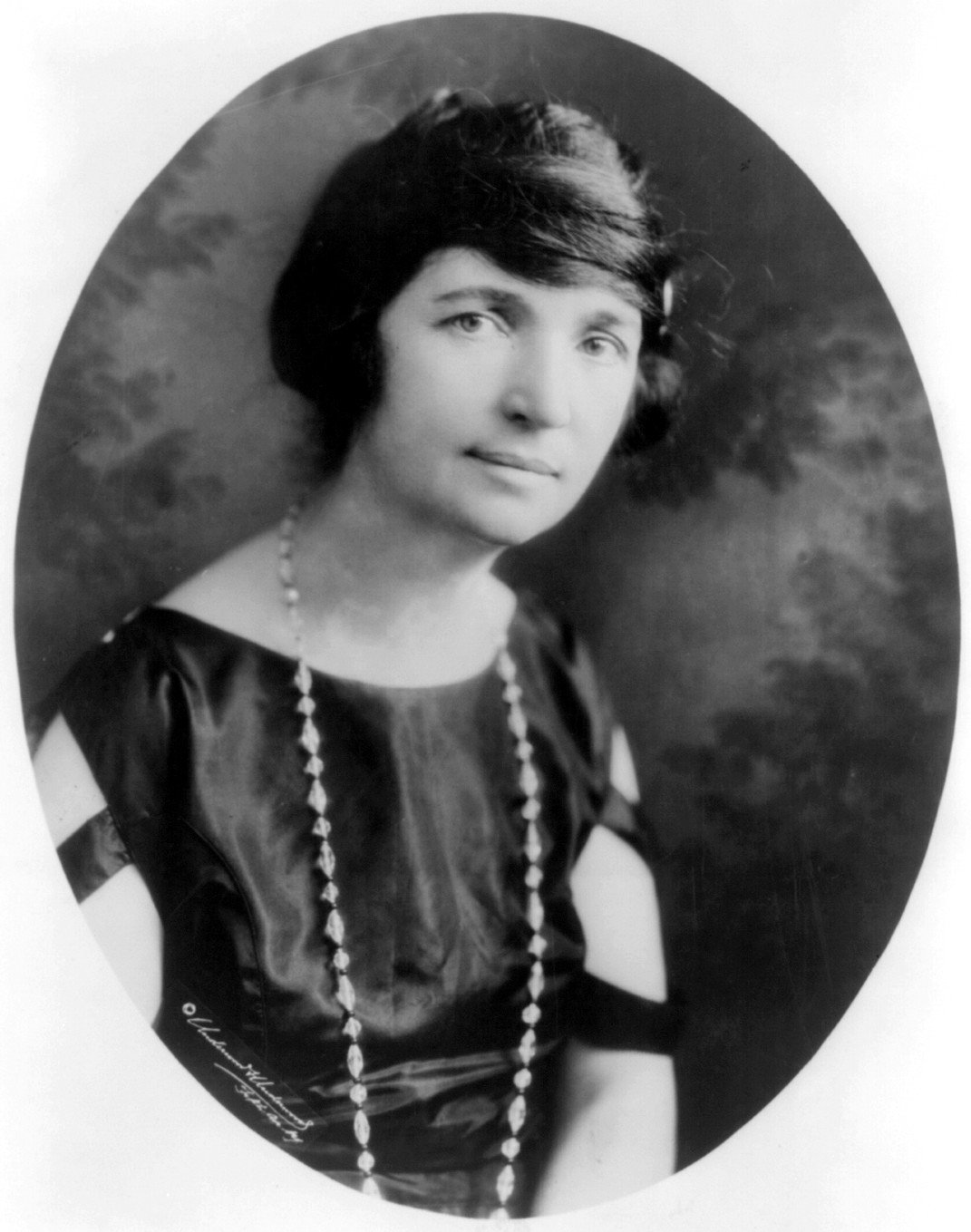
Three years after she founds the first birth control clinic, Margaret Sanger establishes the American Birth Control League in New York City to advocate for women to have greater control over their fertility.
Only four women candidates run in the first federal election where women can vote and hold office. Agnes McPhail becomes the first woman to be elected to parliament as an independent from Ontario.
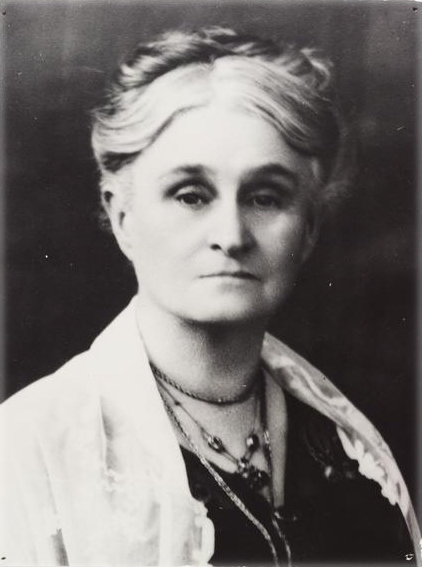
Edith Cowan becomes the first women to be elected to any Australian Parliament. She is elected as a representative of West Perth in the state election of Western Australia.
The United States Congress passes the Promotion of the Welfare and Hygiene of Maternity and Infancy Act (Sheppard-Towner Act) It channels funding into the provision of health care for women and children.
Mary Ellen Smith becomes the first female cabinet minister in Canada after she is appointed minister without portfolio to Premier John Oliver's provincial government in British Columbia. She resigns eight months later.
The British House of Commons amends the Criminal Law Amendment Act to make acts of "gross indecency" between women illegal. It is defeated in the House of Lords and is not made into law.
The Canadian province of British Columbia passes legislation which establishes maternity leave for women. They are allowed up to six weeks leave.
Irene Parlby becomes the first woman in Alberta and the second woman in the British Empire to serve as a cabinet minister after she is appointed minister without portfolio in the government of the United Farmers of Alberta.
Lady Rhondda founds the Six Point Group in the United Kingdom. It will campaign until 1983 for satisfactory legislation on: equal guardianship, child assault, equal pay and equal opportunities in the civil service.
A number of women's societies in Australia merge with the British Dominions Women Citizens' Union to create the Australian Federation of Women's Societies for Equal Citizenship. The federation successfully lobbies to get each Australian delegation to the League of Nations to include women.
The Law of Property Act is passed in the United Kingdom and allows both husband and wife to inherit property on equal terms.
On the 3 May, the Canadian province of Prince Edward Island grants women the right to vote in provincial elections.
The Canadian province of Alberta passes the Married Women's Property Act and gives married women the same legal rights as men. Women no longer have to give up their rights to property they own upon marriage.
The Matrimonial Causes Act is passed in the United Kingdom and allows women to divorce their husband on the same terms that a husband can divorce his wife.
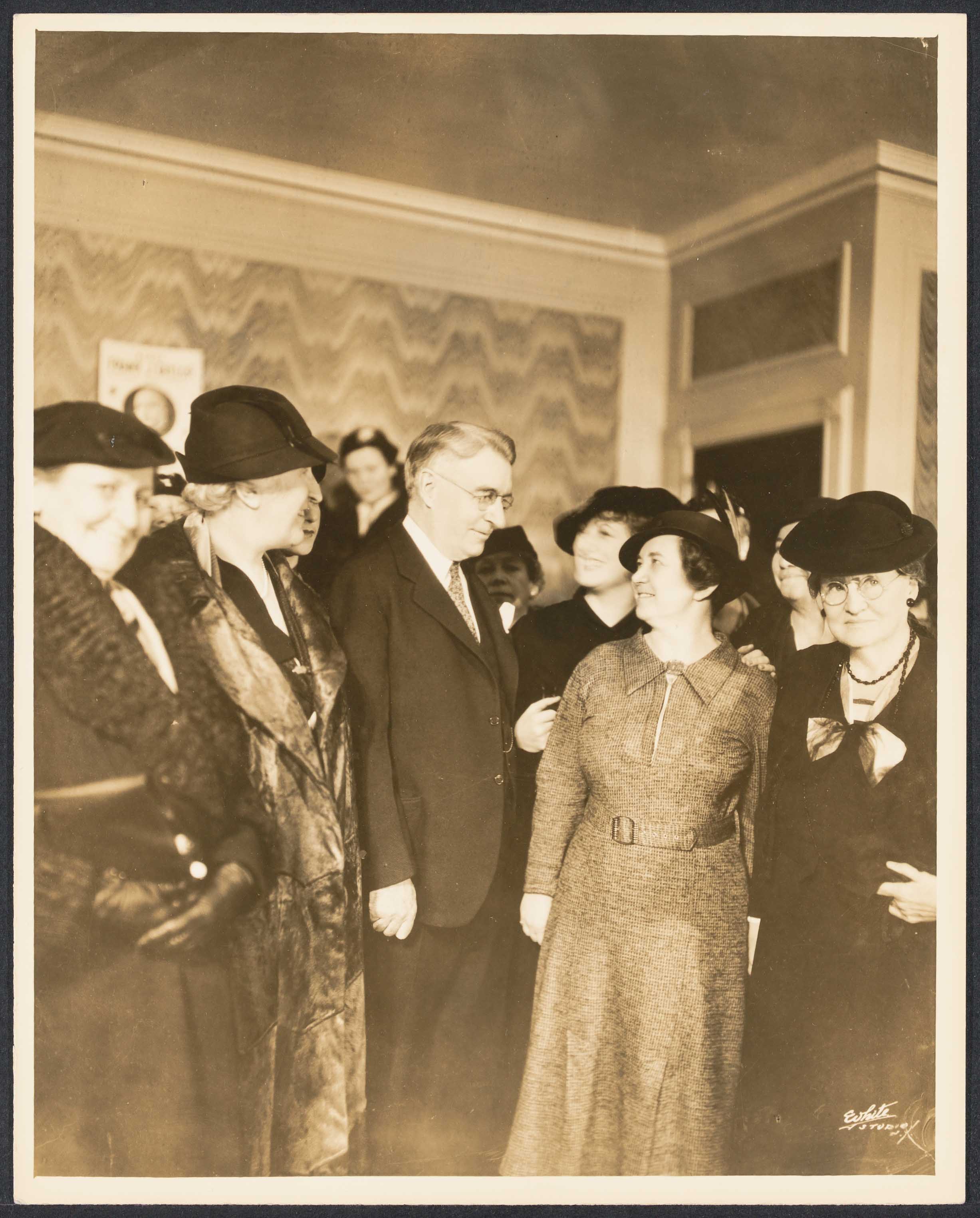
The National Woman's Party first proposes the Equal Rights Amendment to abolish gender discrimination in the United States.
Henry Gerber founds the Society for Human Rights in Chicago. This is the first legally recognised gay rights organisation to exist in the United States.
The federal divorce law is changed in Canada to allow women a divorce on the same grounds as their husband.
The Canadian province of Newfoundland passes a law which gives women the right to vote in provincial elections.
The Canadian province of Labrador passes a law which gives women the right to vote in provincial elections.
In May of this year the Open Door Council is established by Lady Rhondda, Elizabeth Abbott, Sarah Clegg, Virginia Crawford and Emmeline Pethick-Lawrence. It campaigns until 1965 for greater economic opportunities for women.
On the 27 August Emily Murphy, Irene Parlby, Henrietta Muir Edwards, Louise Crummy McKinney and Nellie McClung petition the Supreme Court to answer the question of whether women are legally recognised as 'persons' in the British North America Act of 1867. If recognised as such, women could legally be appointed to the Senate.
Women in Britain above the age of 21 years old are given the right to vote.
Mary Ellen Smith is appointed Acting Speaker of the Canadian Legislative Assembly, becoming the first women in the British Empire to hold the position of Speaker.
In a response to the petition of the Famous Five from the previous year, the Canadian Supreme Court rules on the 24 April that women will not be legally recognised as 'persons'.
All women in the United Kingdom can vote in this year's General Election. It is sometimes given the nickname of the 'Flapper Election' due to this precedence.
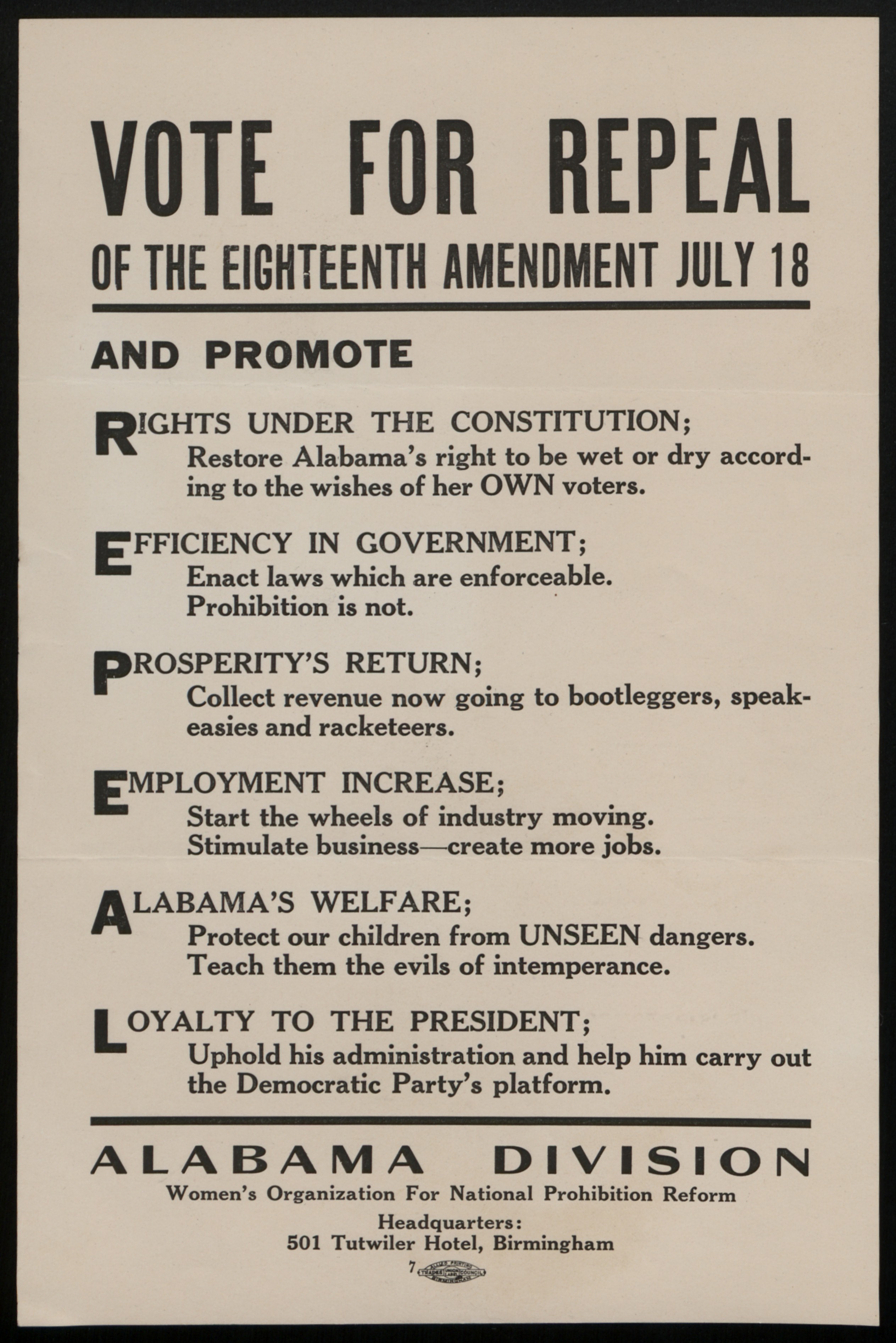
The Women's Organisation for National Prohibition Reform is founded by Pauline Morton Sabin after she recognises the problems that the Eighteenth Amendment is causing. The organization challenges the view that the majority of women in the United States support Prohibition and is the largest anti-Prohibition organisation in the country.
Emily Murphy, Irene Parlby, Henrietta Muir Edwards, Louise Crummy McKinney and Nellie McClung take their case of making women a person under Canadian law to the Judicial Committee of the Privy Council in England. The Committee decides to overturn the earlier decision of the Canadian Supreme Court and recognises women as persons under the law, making them eligible to serve on the Senate.
Margaret Bondfield is appointed Minister of Labour in the government of Ramsay MacDonald. She is the first woman to hold a position within the cabinet.
Cairine Reay Wilson is the first woman appointed to the Senate by the government of William Lyon Mackenzie King.